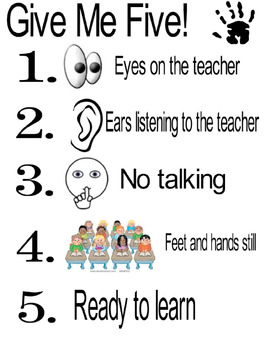Here we are again, ready to Learn like a Pirate! This week we
are looking at Section 2: Chapter 4 Improvement Focus vs. Grade Focus. I really
think that my principal has read this book, because one of our last PDs
discussed stepping away from traditional grading. You could hear the gasps in
the hot (and I do mean HOT) library full of teachers from pre-k all the way to
4th grade. Our district will be switching to the Graded for Learning
Policy, meaning basically that students are encouraged to do their best and to
redo their work so that they can learn from their mistakes.
This chapter has a lot of meat to it, and I LOVE it. Some of the
things we are already doing in my classroom, just not consistently. Why not?
Great question. I think it was more because it’s easier to teach, do an
activity, check for understanding, reteach or move on. The problem was,
however, when April came… students had NO idea what the review was about. I’ve
already begun making some changes in my thought process of how to teach the new
standards. My first unit has the frame made. Now what?
After reading this chapter, I want to look at my units a bit
more carefully. I know some of my kids for next year, so I can think about how
I am going to accommodate them. What feedback do they need to grow? I think
that if I get started at the very beginning of the year, then it will be easy
for them and myself to grow into better people.
·
Tell Me More-1 sentence to answer the question and 1 sentence to
tell me more about the answer
·
Thinking Deeper- Thinking more holistically through the question
and to write it into a paragraph form to show fluid thoughts.
The one thing I want to try from this chapter (other than the
CONSTANT feedback) is the ePortfolios and their use for reflections and growth
assessments. Once again, with us using Microsoft 365 this next year, I feel
confident in being able to do that. I want to use this to have my students learn
to
·
type better,
·
write better,
·
edit,
·
persevere,
·
think deeply about their learning
·
explain why
·
get emotionally attached and intrinsically motivated
·
be proud of their work
·
see that their work and learning opportunities are NEVER over
So, now I just have to learn how to use Microsoft 365 and see
what my kiddos can get out of it. That’s going to be my learning experience
this next semester! #alreadyexcited
The quote that really made me smile was this one: “Rigor is
different for each student.” As teachers, we look at our class sometimes as a
collective body. We are asked to look at numbers. We are asked to raise the bar
and add rigor to raise the scores. Students are more than just what they made
on one test. What is good for one, will damage another. Students have to be looked
at individually, which is hard. Class sizes are not getting smaller. The ranges
of levels the students enter the room on are wider and wider. To be a good,
effective teacher, however, I have to STOP and LOOK at each child’s needs. Look
and see what I need to do to move them that inch. After all….







